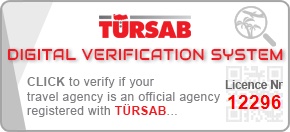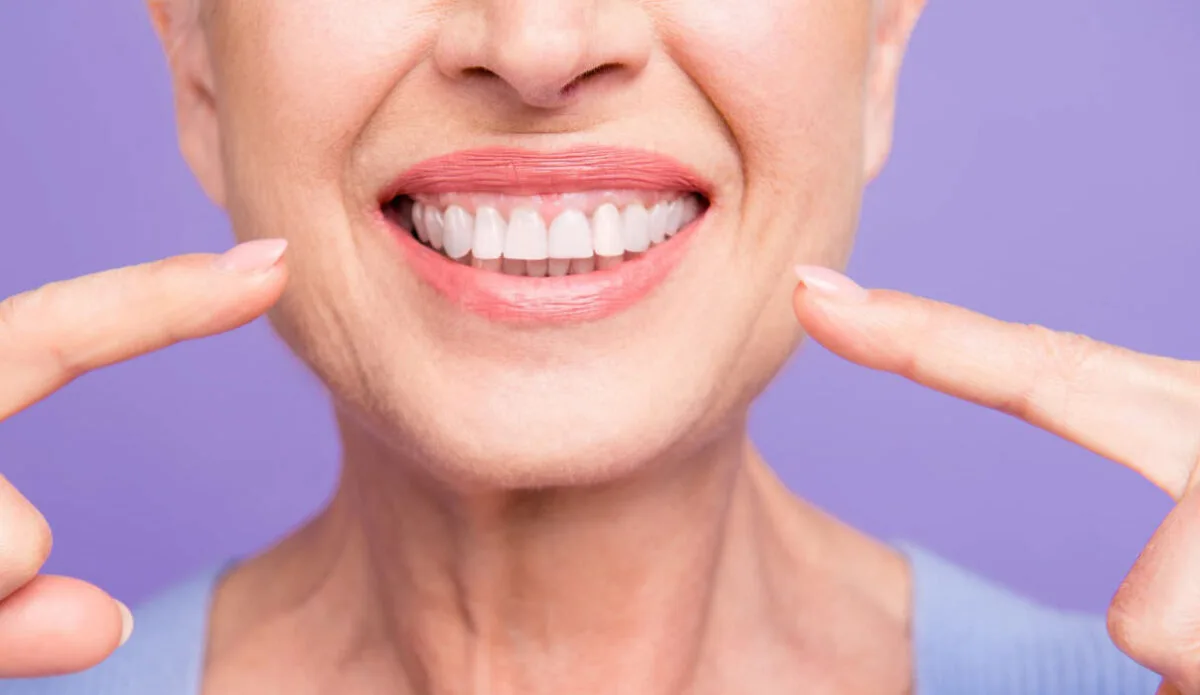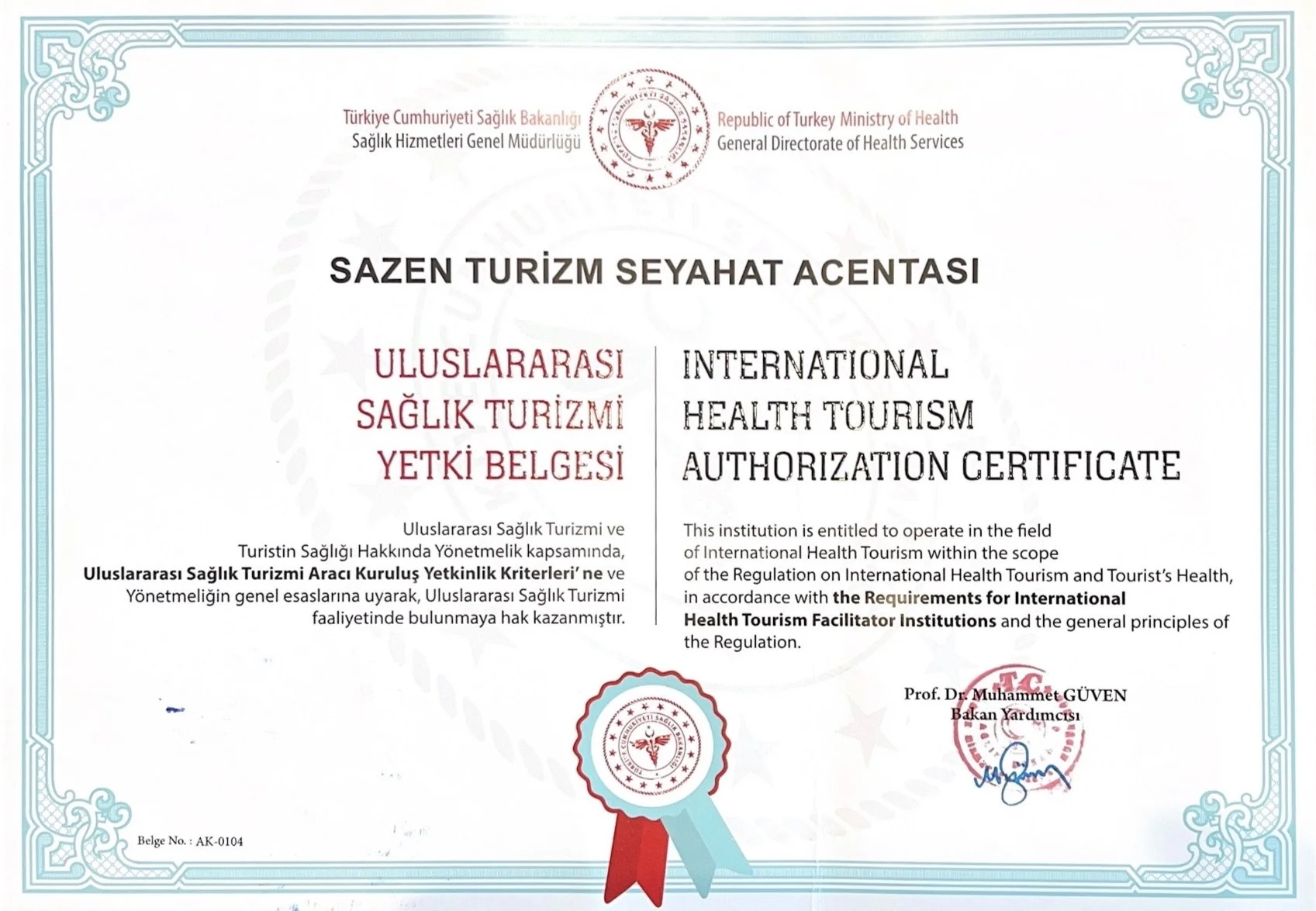The widespread use of gummy formulations across various industries, from pharmaceuticals to confections, necessitates a nuanced understanding of their rheological properties and structural integrity. A gummy’s characteristic chewiness and elasticity are not accidental; they are the direct result of carefully selected hydrocolloids and precise manufacturing parameters. For instance, the elasticity of a typical pectin-based gummy, measured by texture profile analysis, often ranges between 0.5-1.0 N, indicating its resistance to deformation. This complex interplay of ingredients and processing conditions directly influences mouthfeel, dissolution rates, and active ingredient release, as demonstrated by numerous studies on polymer matrices. Understanding these fundamental principles is crucial for optimizing product development and ensuring consistent consumer experience.
Table of Contents
Do You Have a Gummy Smile? Causes and Diagnosis
Several anatomical and developmental factors contribute to excessive gingival display when smiling. Understanding these underlying causes helps determine the most appropriate diagnostic approach for each individual case.
Primary Causes of Gummy Smile
The following factors represent the most common causes of excessive gum exposure:
- Genetic predisposition influences facial structure and tooth-to-gum proportions
- Altered passive eruption occurs when teeth fail to fully emerge from gum tissue
- Hyperactive upper lip muscles create excessive lip elevation during smiling
- Vertical maxillary excess results from overgrowth of the upper jaw bone
- Short clinical crown length makes teeth appear disproportionately small
- Gingival hyperplasia causes enlarged gum tissue coverage over teeth
Clinical Diagnostic Process
Dental professionals follow these systematic steps to evaluate gummy smile conditions:
- Measure gingival display during natural and forced smiling positions
- Assess tooth proportions using standardised crown-to-root ratios
- Evaluate lip mobility by measuring upper lip movement distance
- Examine skeletal relationships through cephalometric radiographic analysis
- Analyse gingival architecture to determine healthy tissue boundaries
- Document facial proportions using photographic smile analysis techniques
Anatomical Assessment Overview
The following table summarises key anatomical factors and their diagnostic significance:
| Anatomical Factor | Normal Range | Gummy Smile Indicator | Clinical Impact |
|---|---|---|---|
| Gingival display | 0-2mm | >3mm visible | Aesthetic concern |
| Crown length | 10-12mm | <8mm apparent | Proportion imbalance |
| Lip mobility | 6-8mm | >9mm elevation | Hyperactive muscle |
| Upper lip length | 20-24mm | <18mm short | Inadequate coverage |
Crown-to-gum ratios significantly influence smile aesthetics, with optimal proportions creating balanced facial harmony. Lip competency measurements help distinguish between muscular and skeletal contributing factors.
Modern diagnostic protocols incorporate digital smile analysis software to quantify gingival exposure precisely. These technological advances enable practitioners to identify subtle variations in periodontal architecture that traditional examination methods might overlook.
Radiographic evaluation remains essential for detecting underlying skeletal discrepancies, particularly when maxillary positioning appears abnormal. Combined clinical and radiographic findings provide comprehensive diagnostic information for treatment planning purposes. This is particularly relevant when assessing conditions such as a gummy smile, where Gum Guards Grinding Teeth might indicate excessive display of gum tissue. Radiographic analysis helps in understanding these nuances and tailoring orthodontic interventions accordingly.
Gummy Smile Treatment: Causes, Solutions and Care Options
The anatomical factors contributing to gummy smile conditions stem from various structural components within the oral cavity. Understanding these underlying causes enables dental professionals to develop targeted treatment strategies for effective gummy smile correction.
Primary Anatomical Causes
Several anatomical factors contribute to excessive gingival display during smiling:
- Hyperactive upper lip elevator muscles create pronounced upward lip movement
- Excessive gingival tissue covering tooth surfaces reduces visible crown length
- Vertical maxillary excess results in disproportionate upper jaw positioning
- Short clinical crown length limits visible tooth structure
- Abnormal tooth eruption patterns affect gingival margin positioning
Treatment Modalities and Effectiveness
Modern gummy smile treatment options encompass both surgical and non-surgical approaches. Laser gingivectomyrepresents the most precise method for gummy smile reduction, removing excess gingival tissue while preserving healthy periodontal structures. This procedure achieves immediate results with minimal discomfort.
Botulinum toxin injections provide temporary muscle relaxation for hyperactive lip muscles. The treatment reduces excessive lip elevation during smiling, offering a reversible solution lasting 3-6 months. Crown lengthening procedures address cases involving inadequate tooth exposure through surgical tissue removal and bone recontouring.
| Treatment Method | Effectiveness | Duration | Recovery Time |
|---|---|---|---|
| Laser Gingivectomy | 95% success rate | Permanent | 7-10 days |
| Botox Injections | 85% satisfaction | 3-6 months | 24-48 hours |
| Crown Lengthening | 90% success rate | Permanent | 2-3 weeks |
| Orthognathic Surgery | 98% correction | Permanent | 6-8 weeks |
Gummy smile surgery encompasses comprehensive orthognathic procedures for severe cases involving skeletal discrepancies. These interventions address maxillary positioning and facial proportions simultaneously.
Pre and Post-Treatment Care Protocols
Optimal gummy smile dental care requires systematic preparation and maintenance procedures:
- Complete periodontal evaluation including radiographic assessment
- Professional dental cleaning removing calculus and plaque deposits
- Antimicrobial mouth rinse usage for 48 hours pre-treatment
- Soft tissue examination identifying inflammation or pathology
Post-treatment maintenance involves gentle oral hygiene techniques and regular professional monitoring. Gummy smile aesthetics improvement becomes evident within 2-4 weeks following surgical interventions. Patients demonstrate enhanced smile confidence and improved facial harmony.
The gummy smile fixation process requires individualized treatment planning based on specific anatomical presentations. Success rates exceed 90% when appropriate techniques address underlying causative factors. Gummy smile removal through laser technology offers predictable outcomes with minimal complications, establishing this approach as the preferred treatment modality for excess gingival display conditions.
What Are Your Treatment Options for Gummy Smile?
Multiple treatment approaches exist for correcting excessive gingival display, ranging from minimally invasive procedures to comprehensive surgical interventions.
Botox Injections for Gummy Smile
Botulinum toxin injections represent the most conservative approach for treating hyperactive upper lip muscles that contribute to excessive gum exposure.
- Non-surgical procedure requiring no anaesthesia or recovery time
- Temporary results lasting 3-6 months requiring repeat treatments
- Suitable for mild cases where excessive lip elevation is the primary concern
- Quick treatment completed within 15-20 minutes in clinical settings
The injection process involves precise placement of botulinum toxin units into the levator labii superioris muscle, temporarily reducing its hyperactivity and limiting upward lip movement during smiling.
Orthodontic Treatments for Gummy Smile
Orthodontic intervention addresses gummy smiles caused by altered passive eruption or malocclusion patterns through tooth movement and positioning.
- Clear aligners for mild tooth positioning adjustments
- Fixed braces for comprehensive tooth movement and bite correction
- Intrusion mechanics to move teeth apically within the alveolar bone
- Treatment duration typically ranges from 18-36 months
- Initial orthodontic assessment and treatment planning
- Appliance placement and activation protocols
- Progressive tooth movement through controlled forces
- Retention phase to maintain achieved results
Crown Lengthening Surgery
Periodontal crown lengthening removes excess gingival tissue and potentially underlying bone to expose more tooth structure and create balanced gum-to-tooth proportions.
- Indicated for altered passive eruption cases
- Immediate visible results following tissue healing
- Permanent correction of gingival architecture
- Suitable for multiple teeth requiring simultaneous treatment
- Pre-surgical assessment including periodontal probing depths
- Surgical tissue removal using electrosurgery or laser techniques
- Bone recontouring when necessary for optimal results
- Suturing and post-operative care protocols
Lip Repositioning Surgery
Lip repositioning procedures restrict excessive upper lip mobility by creating a new muscle attachment point closer to the gingival margin.
- Permanent surgical solution for hyperactive lip muscles
- Suitable for moderate to severe cases with significant gum exposure
- Predictable outcomes with proper patient selection
- Minimal external scarring due to intraoral approach
- Intraoral incision in the upper vestibule
- Muscle detachment and repositioning
- Suturing at lower position to limit lip elevation
- Healing period of 2-3 weeks
Maxillofacial Surgery for Gummy Smile
Orthognathic surgery corrects skeletal discrepancies contributing to excessive gingival display through maxillary repositioning procedures.
- Indicated for severe skeletal cases with vertical maxillary excess
- Comprehensive facial balance improvement
- Permanent skeletal correction addressing root causes
- Combined with orthodontic treatment for optimal results
- Comprehensive treatment planning including cephalometric analysis
- Pre-surgical orthodontic preparation lasting 12-18 months
- Surgical maxillary repositioning under general anaesthesia
- Post-surgical orthodontic refinement and stabilisation
Temporary vs. Permanent Correction Methods
| Treatment Type | Duration | Invasiveness | Recovery Time |
|---|---|---|---|
| Botox Injections | 3-6 months | Minimal | None |
| Orthodontics | Permanent | Moderate | Ongoing |
| Crown Lengthening | Permanent | Moderate | 2-3 weeks |
| Lip Repositioning | Permanent | Moderate | 2-3 weeks |
| Maxillofacial Surgery | Permanent | Extensive | 6-8 weeks |
Temporary methods like botulinum toxin offer reversible results with minimal commitment, whilst permanent surgical approaches provide definitive correction requiring careful patient selection and treatment planning.
Recovery and Results: What to Expect After Gummy Smile Treatment
The post-treatment recovery period varies significantly depending on the specific procedure performed. Our clinical experience demonstrates that understanding these timelines helps patients prepare adequately for their healing journey.
Typical Recovery Timelines:
- Botox injections: Minimal downtime with results visible within 3-7 days, reaching full effect after 2 weeks
- Laser gum contouring: Initial healing occurs within 1-2 weeks, with complete tissue remodelling taking 4-6 weeks
- Crown lengthening surgery: Primary healing phase lasts 7-14 days, with final aesthetic results apparent after 6-8 weeks
- Orthognathic surgery: Extended recovery period of 6-12 weeks, with gradual improvement in facial aesthetics
Common Side Effects and Management:
- Mild swelling and discomfort: Typically resolves within 48-72 hours using prescribed anti-inflammatory medications
- Temporary sensitivity: Particularly common after periodontal procedures, usually subsiding within one week
- Slight bruising: May occur with injectable treatments, disappearing within 5-7 days
- Dietary restrictions: Soft foods recommended for 24-48 hours following surgical interventions
Progressive Aesthetic Improvement Stages:
- Immediate post-treatment: Initial reduction in gingival display becomes apparent, though swelling may mask final results
- First week: Tissue healing progresses, with smile line adjustments becoming more defined
- Second to fourth week: Continued refinement of gingival contours and stabilisation of aesthetic outcomes
- Six to eight weeks: Final results achieved, with optimal tooth-to-gum ratio fully established
Patient satisfaction rates consistently exceed 90% across all treatment modalities when proper post-operative careprotocols are followed. The transformation in smile aesthetics typically exceeds initial expectations, with patients reporting significantly improved confidence levels. Long-term stability of results depends on maintaining excellent oral hygiene and attending regular periodontal maintenance appointments as recommended by your treating clinician.




